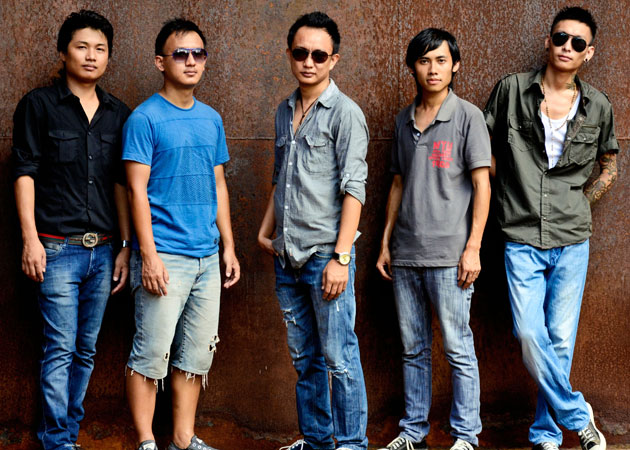
By Suryatapa Bhattacharya
New Delhi, Aug 10 : Political parties in Nagaland are putting pressure on the central
government to draft a peace accord with rebels who have spent six
decades fighting for greater independence and Naga unification.
The
Nagaland government has since 2009 sought to negotiate an "honourable"
end to its conflict with the rebels, which has its origins in a
pre-partition desire for an independent Naga homeland.
This week
Niephiu Rio, the state's chief minister, led a delegation of 60
legislators from across party lines to petition the government and
opposition to find a solution to the conflict.
"This is a rare
occasion for all the political parties to come together and pledge to
make any kind of sacrifice to have a permanent settlement," said Mr Rio
at a news conference in New Delhi on Tuesday.
The fighting between Naga fighters and the army has killed 20,000 people since the insurgency began in the 1950s.
Some
insurgent groups have demanded full independence from India, while
others, such as the Nationalist Socialist Council of Nagaland (NCSN),
want to expand Nagaland into a "Greater Nagaland" that would include
portions of Assam, Manipur and Arunachal Pradesh.
The Indian
government is loath to grant concessions to rebel groups because it may
set precedent in a country beset by inter-ethnic struggles and
separatist movements.
Nagaland legislators have offered to resign
to form a "party-less interim government" to negotiate an end to the
conflict. The interim government could include rebel groups, Mr Rio
said.
"You cannot resolve the issue unless the centre is
involved," said Sanjoy Hazarika, the director of the Centre for
North-east Studies at Jamia Millia Islamia in New Delhi, one of India's
oldest Islamic universities.
"This is not simply an issue of what
Nagaland wants, it includes the demands of rebel groups, and the
governments of three states."
If the rebels' demand for a Greater
Nagaland is met, it will mean taking two-and-a-half districts of
Manipur, two districts in the easternmost portion of Arunachal Pradesh
and the upper region of Assam. "That is not going to happen anytime
soon," said Mr Hazarika.
Upper Assam is the region's industrial
hub and has significant oil reserves but complications arise because
Nagas do not have sole claim on some of these areas.
The NCSN and a
splinter faction, the National Socialist Council of Nagaland - Khaplang
(NCSN-K), signed respective ceasefires with the government in 1997 and
2001.
About 60 rounds of talks between rebels and state government
have made little progress since the mid-1990s and, according to Samir
Kumar Das, the vice chancellor of the University of North Bengal, rebel
groups are frustrated.
"Patience is wearing out. The insurgent
groups are restive and impatient. They have been in negotiations for so
long. What have they achieved?
"The violence has come down but that does not necessarily mean that a solution has been reached," Mr Das said.
These concerns were echoed by Mr Rio.
"The
Naga people feel that 15 years of ceasefire and political dialogue was
long enough a period for the government of India to understand the
issue. They now want an acceptable and honourable solution to this issue
before next year's assembly polls," he said on Tuesday.
Complicating matters, the splinter group, the NCSN-K, has been silent on the new talks.
"They are being smart," said Mr Hazarika. "They are waiting for the government to say something.
"This is also one way of them telling the government that we are prepared for a solution, but what's your solution?"
The
central government has yet to take a public stance, but the ruling
Congress Party's representatives in the Nagaland state legislature
oppose a Greater Nagaland.
The silence could in part be because
the government is currently bogged down over accusations that it helped
cause the current violence in Assam.
The opposition and many
Assamese claim that the violence between Muslims and the Bodo group has
been instigated by illegal migrants from Bangladesh.
Mr Rio believes that the time has come for another such agreement, and that the opportunity may not present itself again.
"We
are hoping that good sense will prevail and lead to early settlement.
If the government of India fails to reach a settlement, it will be a
lost opportunity," said Mr Rio.
"All political parties have
surrendered their position, which is very rare. They have pledged to
make any kind of sacrifice to have a permanent settlement."












 Flags out Will underground leaders decide to come together?
Flags out Will underground leaders decide to come together?


























